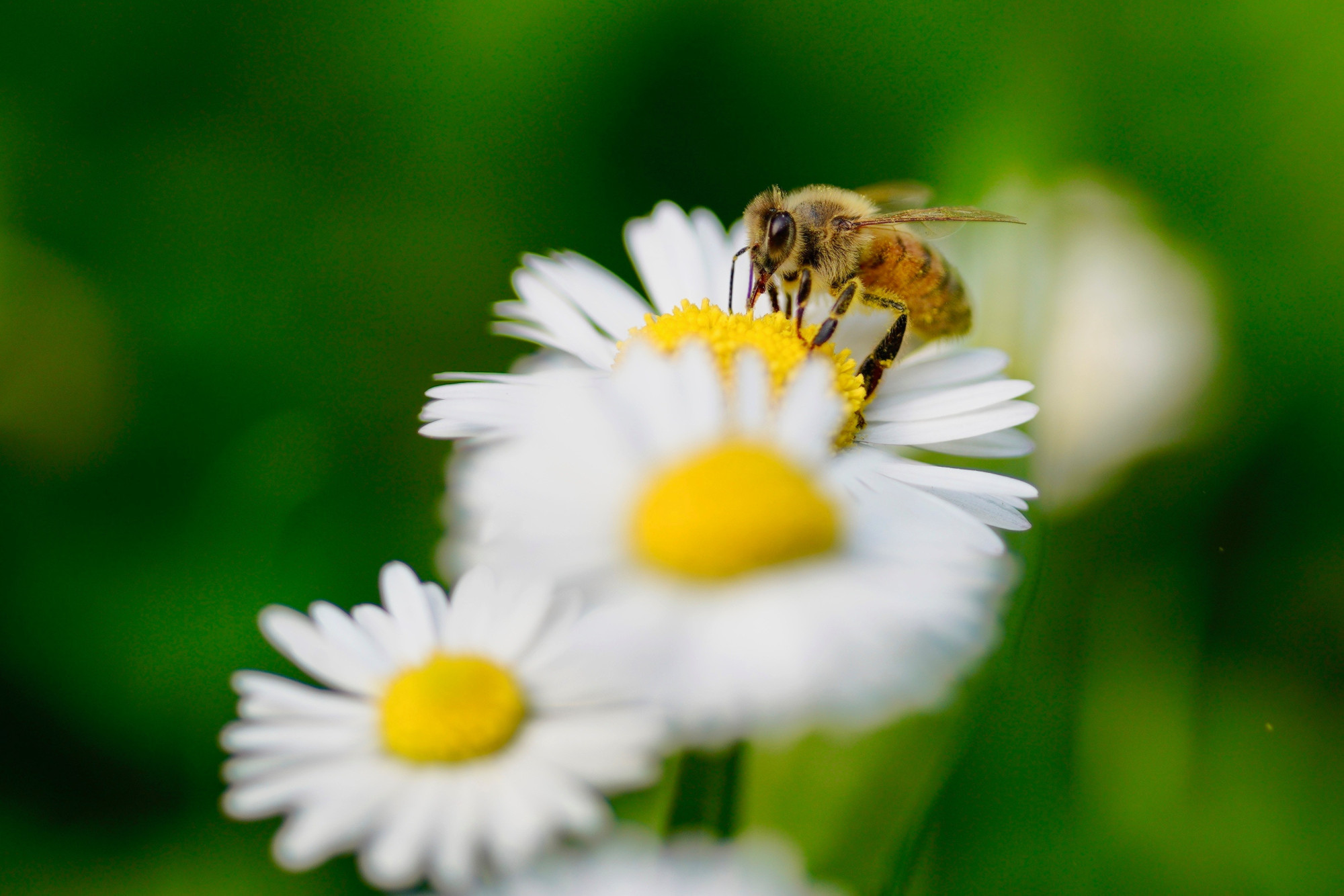Dr. Coline Jaworski's project research aims to use floral scent as an effective tool for investigating the impact of climate change on pollinator networks.
She conducts her research in the surroundings of Marseille, on the Mediterranean coast of France, with the Mediterranean Institute for Biodiversity and Ecology (IMBE).
Coline tells you more about the field work of her project
OBSERVING BEES IN THE FIELD
In each of the 20 plots per study site, once a week, each observer watched pollinators coming to its assigned bush of flowers for five minute per plot. We also caught visiting pollinators for the next five minutes.
Watching bees (A, B, C), catching bees with sweep nets (A, B), and counting flowers (C)throughout the season, with contrasted meteorological conditions...
MEASURING FLORAL TRAITS
(A) Measuring the size of tiny flowers of thyme, Thymus vulgaris.
(B) Collecting nectar with a capillary.
(C) Measuring the amount of sugar in the nectar : after the nectar had been collected (B), we had to blow the content of the capillary on the refractometer’s glass.
(D) Measuring the colour of flowers in the field with a spectrophotometer. The measure is highly sensitive to ambient light, so we had to hide from the sun light as much as possible by putting the flower and the probe in the shadow.
Measuring floral odour in the field. An inflorescence is enclosed in a teflon bag (E) with connections to pump air throughout the bag with long tubes (F, G); air is pushed inside the bag on one end, and pumped out at the other end. The box in (G) contains pumps, flow-meters and batteries to create an airflow.
May 2019 - Photo : @maurotandoi



